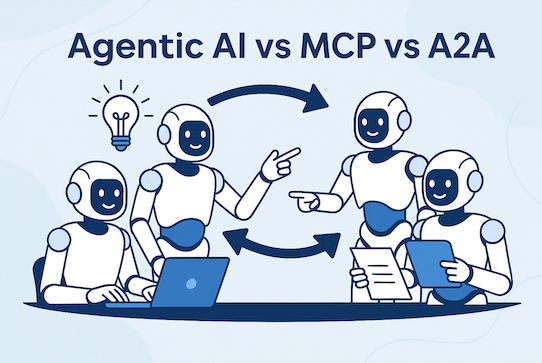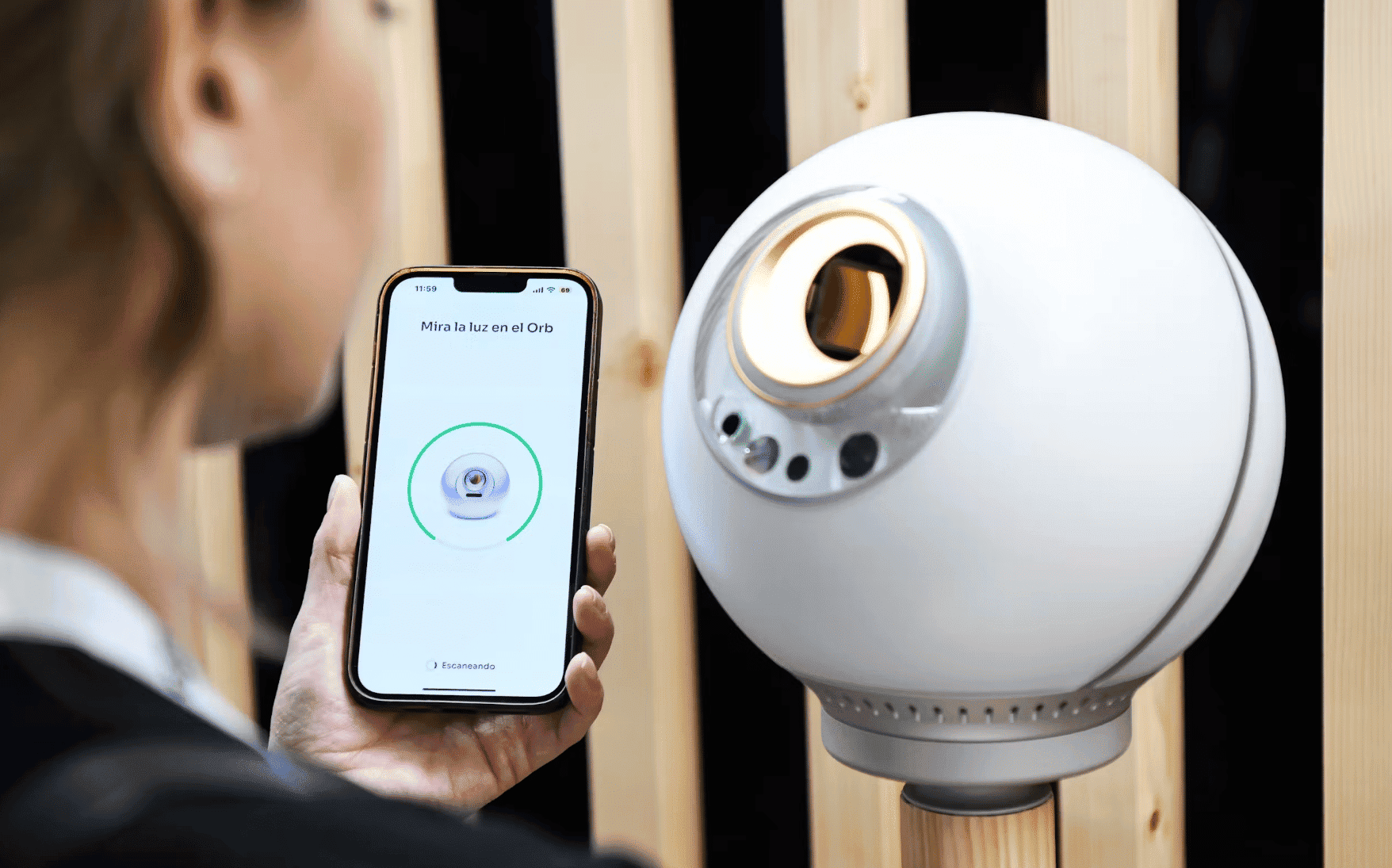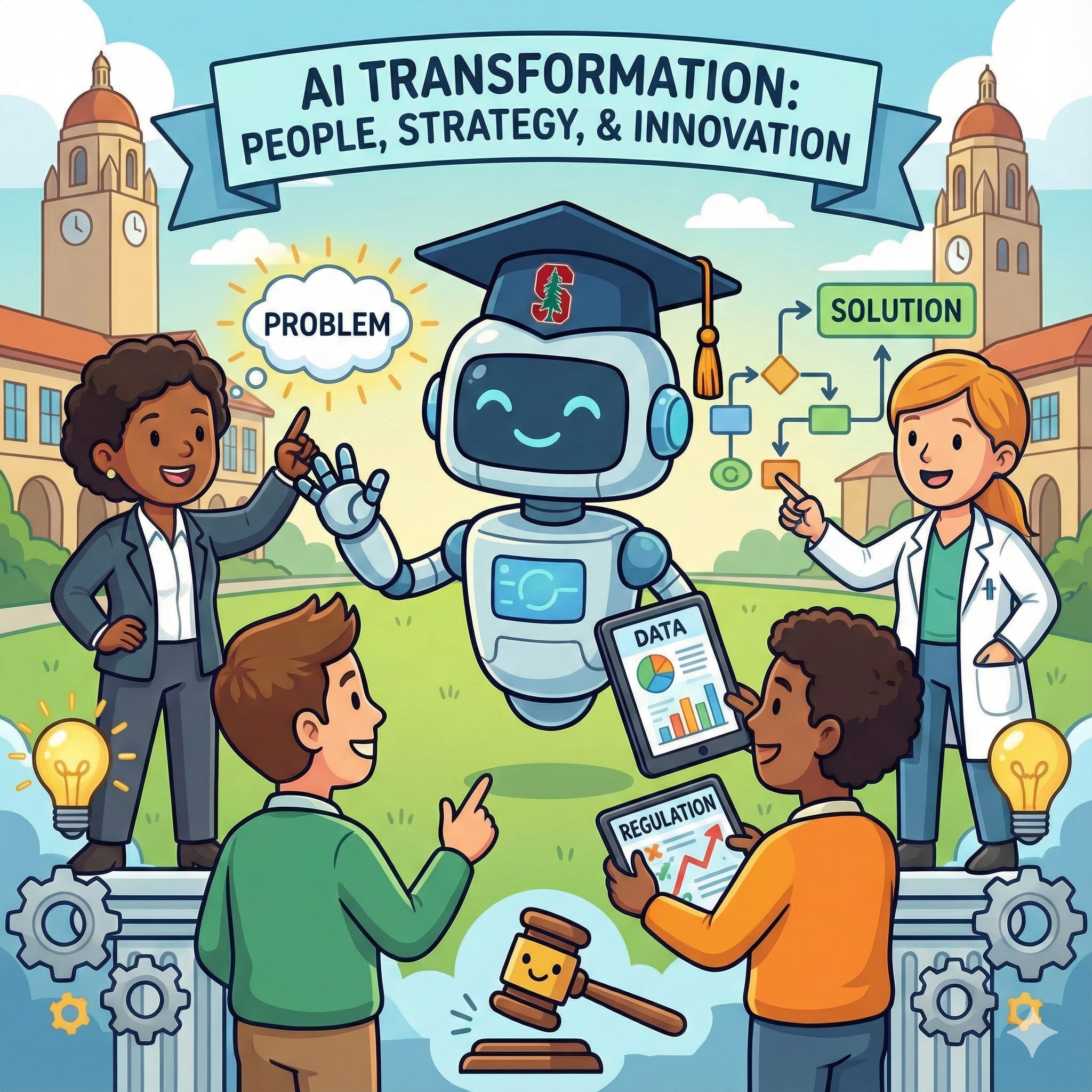


Imagine if AI evolved from individual workers to entire organizations. That's the revolution happening right now with Agentic AI, MCP, and A2A technologies. Instead of instructing AI assistants through every step, you'll soon delegate complex tasks to a manager AI that coordinates an entire team of specialized AIs working behind the scenes. Need to plan a vacation, launch a product, or diagnose a health issue? One conversation with your AI manager will activate a seamless network of AI specialists who access the tools and data they need, collaborate effectively, and deliver comprehensive results. This article explains these game-changing technologies in simple terms, showing how they work together to make AI dramatically more powerful, versatile, and useful in your everyday life.
Key Takeaways:
Think about the difference between talking to a single employee versus talking to a manager with a whole team.
When you interact with a typical AI like ChatGPT in a single chat, you're essentially engaging with one "worker"—a single agent responsible for handling everything on their own. It’s like walking into a store and finding just one employee who has to answer your questions, process your payment, and bag your items.
Agentic AI takes a very different approach. It’s more like speaking to a manager who oversees a team of specialists—a multi-agent system. You simply state your goal, and the manager:
You never have to talk directly to all those specialists – the manager handles all that communication behind the scenes.
Let's say you need a marketing campaign for your new product.
With traditional AI: You'd have to separately ask for market research, then a slogan, then ad copy, then visuals – guiding the AI through each step yourself.
With agentic AI: You simply say, "Create a marketing campaign for my new coffee maker."
Behind the scenes, the main agent (your "manager") might:
You just see the final, comprehensive campaign plan – but all those specialized agents worked together to create it.
The Model Context Protocol (MCP) is an open standard created by Anthropic (the makers of Claude) that allows AI systems to securely connect with external tools, data sources, and services using a standardized format. Think of it as a universal USB port for AI that enables seamless integration without custom coding for each connection.
Before MCP, getting AI to work with external tools was a pain. Developers had to create custom API integrations for every tool and every AI model. If you wanted your AI to check your calendar, search your emails, and look up weather data, you needed to:
It was like before USB, when every device needed its own special cable and connector.
MCP changes all that. It's like when USB became standard and suddenly all your devices could use the same connector. This open protocol creates a universal way for any AI to connect with any tool or data source using a consistent format.
Imagine you contact customer support about a problem with your order.
With MCP, the AI support agent can:
All without any special programming for each system. The AI just connects to the right MCP servers, and everything works.
What is A2A: Letting AI Agents Talk to Each Other
The Agent-to-Agent Protocol (A2A) is an open standard developed by Google in collaboration with over 50 technology partners that enables different AI agents to discover, communicate, and collaborate with each other securely. Think of it as a universal business communication protocol that works across all AI systems, regardless of who created them or where they're located.
A2A solves another problem: how do different AI agents communicate with each other, especially if they're from different companies or systems? A2A creates a universal language and set of rules for AI agents to:
Most importantly, this happens agent-to-agent without humans needing to facilitate.
The difference is simple:
When buying a house, you work with multiple professionals: real estate agent, mortgage broker, inspector, lawyer, insurance agent, etc.
With A2A, you could tell your personal AI assistant, "Help me buy a house," and it would:
Each of these specialist AIs could be from different companies, but they'd all communicate seamlessly through A2A. Meanwhile, each specialist AI would use MCP to access their own tools and databases.
Let's see how these technologies work together in healthcare:
You message your healthcare provider about chest pain. Here's what happens:
You interact with the main healthcare AI (the "manager")
Behind the scenes, using A2A, this manager:
Each specialist AI uses MCP to access their tools:
The manager AI brings everything together and responds: "Based on your symptoms, we've scheduled an urgent appointment with Dr. Smith tomorrow at 10 AM. Your insurance will cover this visit with a $20 copay. Here are preparation instructions and directions to the clinic."
All this happens in seconds, with the complexity hidden from you, just like a well-managed human organization.

